CANDLER, N.C. (WLOS) — UPDATE: A fire in the Milk Sick Cove area that reached 22 acres is now 100% contained, according to the North Carolina Forest Service fire map and Buncombe County.Buncombe County said they were on the site for a few more hours and will return in the morning.Candler resident Louie Luther said he spotted the smoke while driving along Interstate 40. He didn’t know how close it was to his home, though.“We didn’t hear about it until we pulled up, seen it...
CANDLER, N.C. (WLOS) — UPDATE: A fire in the Milk Sick Cove area that reached 22 acres is now 100% contained, according to the North Carolina Forest Service fire map and Buncombe County.
Buncombe County said they were on the site for a few more hours and will return in the morning.
Candler resident Louie Luther said he spotted the smoke while driving along Interstate 40. He didn’t know how close it was to his home, though.
“We didn’t hear about it until we pulled up, seen it,” Luther said. “Whole lot of firetrucks. Actually, a lot of people pulled over and looking and turning around on the road.”
First responders’ vehicles could be seen lined up and down Milk Sick Cove Road.
“I was just hoping it don’t get too close to the house,” Luther said.
Firefighters from West Buncombe, Enka-Candler and even the N.C. Forest Service worked to make sure that didn’t happen.
The fire threatened two structures at one point before being contained, despite the steep and rugged terrain.
Thursday’s fire popped up in almost the same spot as a wildfire back in early March. That one burned through more than 50 acres before crews contained it, according to previous News 13 reporting.
Both blazes serve as a reminder – Buncombe’s Fire Marshall said while there’s no official burn ban in place, open burning is discouraged until current conditions improve.
News 13 is also reporting on the Lower Brush Creek Road fire. Click HERE to stay updated. Officials suggest avoiding areas where fires are occurring so crews can fight them. They also suggest pausing any planned burning due to high winds.
Previous reporting:
The county said the Enka Candler Fire Department and the North Carolina Forest Service are managing the fire.
The fire is in a heavily wooded area with "extremely" rough terrain, Buncombe County said in a press release. Firefighters will likely be on the scene throughout the evening.
Two structures are currently being protected, the county said.
Buncombe County officials advise that, due to an increased fire danger, all open burning within the county is discouraged.
This is a developing story. News 13 will provide more information as it becomes available.

 828-676-2939
828-676-2939




 Service Areas
Service Areas























